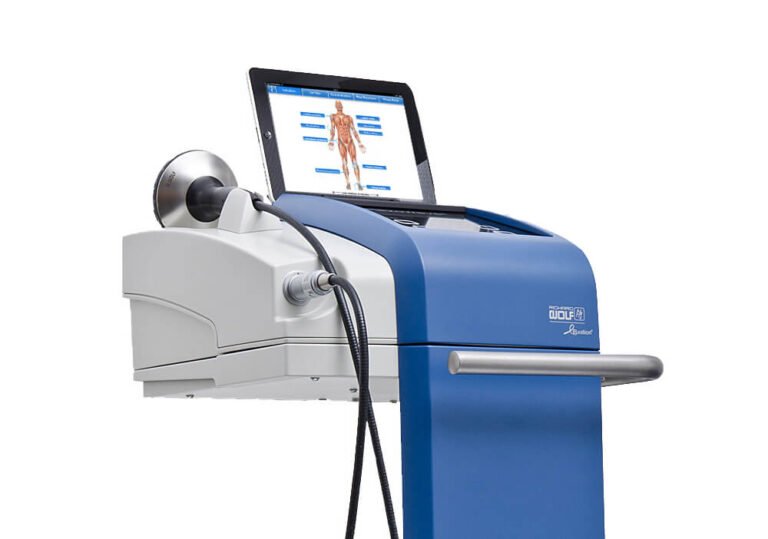The Role of Diagnostic Ultrasound in Focused Shockwave Therapy
In recent years, focused shockwave therapy (FSWT) has gained traction as an effective treatment for a variety of musculoskeletal conditions. One question that often arises is whether a diagnostic ultrasound (DUS) scan is necessary before administering FSWT. The short answer is no, it is not absolutely necessary to perform a DUS scan before conducting focused shockwave therapy. However, understanding the nuances behind this can help practitioners make more informed decisions.
The Power of Focused Shockwave Therapy
One of the key advantages of focused shockwave therapy is the incredible level of control it offers in terms of treatment depth. This precision allows practitioners to target specific tissues with minimal impact on surrounding structures, making it a highly efficient treatment modality. FSWT is especially useful for treating peripheral tendons, which are typically located between 10mm and 30mm beneath the skin.
The Importance of Anatomical Knowledge
For practitioners with a thorough understanding of anatomy and proficient palpation skills, determining the appropriate treatment depth without a DUS scan is often feasible. Experienced clinicians can frequently identify the target areas accurately based on their knowledge and physical examination. This skill set can be sufficient for the majority of FSWT applications, particularly when dealing with common conditions like tendinopathies.
Why Consider Diagnostic Ultrasound?
While it is not a strict requirement, using a diagnostic ultrasound scan before FSWT can be considered best practice for several reasons:
- Accurate Depth Measurement: DUS provides a clear image of the targeted tissue, allowing for precise measurement of its depth. This information can enhance the accuracy of the FSWT, ensuring the energy is delivered exactly where it is needed.
- Enhanced Diagnosis: A DUS scan can help in obtaining a more accurate diagnosis, which can lead to a better prognosis. It allows practitioners to identify specific pathologies, such as partial tears or calcifications, that may not be apparent through palpation alone.
- Guided Treatment and Rehabilitation: With detailed imaging, a clinician can develop a more tailored treatment and rehabilitation program. Knowing the exact condition and its extent helps in planning the course of therapy more effectively.
- Exclusion of Severe Pathologies: If there is a suspicion of more severe injuries, such as tendon tears, a DUS scan can help in grading these injuries. This ensures that any serious conditions are identified and managed appropriately, potentially avoiding complications or ineffective treatments.

Conclusion
In conclusion, while a diagnostic ultrasound scan is not mandatory before performing focused shockwave therapy, it can provide significant benefits. It aids in precise depth measurement, accurate diagnosis, guided treatment planning, and the exclusion of serious injuries. For practitioners who are confident in their anatomical knowledge and palpation skills, FSWT can be effectively administered without a DUS scan in many cases. However, incorporating DUS into the pre-treatment assessment can enhance the overall quality of care, ensuring the best outcomes for patients.




